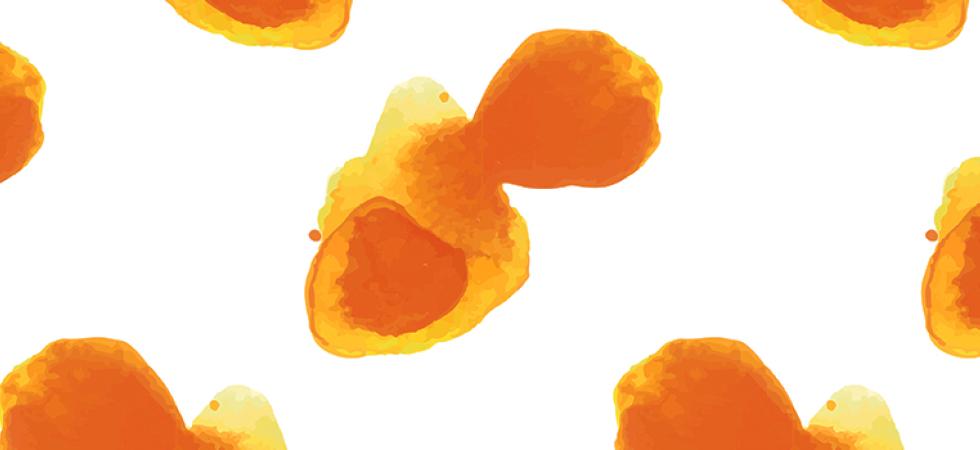
Course Description
Objective
The objective of this course is to help all of us develop a deeper understanding of the concept of creativity and, in doing so, to develop some useful guides to creative activity.
Premises
We hear every day about the importance of creativity -- its importance for personal development, for a healthy cultural environment, for all kinds of organizations, whether in the business world or elsewhere, and even for entire societies. But can creativity be usefully studied, or is it something best left to life, luck, or other factors that may determine one’s abilities and opportunities in this area? “Creativity is magic. Don’t examine it too closely,” according to the playwright Edward Albee. “Creativity is a habit, and the best creativity is the result of good work habits,” according to the choreographer Twyla Tharp. The main premise of this course is that, while not taking away from the magical aspect of creativity, we can benefit from examining creativity in some detail. Moreover, we hope that, in doing so, we can develop some habits which will enhance our own creative efforts. Another premise of the course is that there is merit in studying creativity across very different domains -- across different areas of human activity, different countries, and different periods of time. Implicit in this premise is the assumption that while creativity is manifested in many different ways, there are some underlying common characteristics or features of the activity. In the course, we will look for such features. Our hope is that identifying and absorbing these underlying commonalities will help each of us improve our creative sensibilities, whatever our own individual areas of interest.
Approach
The course is a collective enterprise in which we will work together to assemble a set of case studies of people (“creators”) who have created important works of art, scientific theories, music, technologies, literature, and much more. We will study and discuss a number of writings on the subject of creativity, to give ourselves some concepts with which to develop our case studies so that they become not just descriptions but also analyses of the creators in question. We will compare and contrast across the case studies, as we are developing them, in our search for common features of creativity.
Hypothesis
We are all exposed to many strong narratives about creativity --- narratives that emphasize the importance of the individual spirit, the freeing of oneself from constraints, the quest for novelty, and the like. While not denying that there is truth in such narratives, we suspect that this is an incomplete picture and that there are also other commonly found characteristics underlying creativity. Our hypothesis is that creativity comes from groups and not just individuals, from operating under limits and not just free of them, from paying close attention to what already exists and not just seeking the new, and the like. We will test our hypothesis as we assemble and analyze our case studies.
Method
We will assemble pairs of creators -- pairings of two artists, two inventors, two writers, and so on. Students will work in teams of two, and each team will study a particular creative pairing. By studying two people rather than just one person, each team will be helped to go beyond just telling the story of a creative person and to identify similarities and differences across creators. Of course, we will also learn a lot by comparing and contrasting across the student teams. By the end of the semester, we will have assembled a varied database of creators chosen from different areas of human activity, different countries, and different periods of time. We will also have engaged in a lot of analysis of this database and we will have distilled some lessons about creativity from doing so.
Course Schedule
Class # | Date | Topic |
1 | February 7th | Course Introduction |
2 | February 14th | Discussion of ideas about creativity; selection of team projects |
3 | February 21st | Discussion of ideas about creativity; in-class work on projects |
4 | February 28th | Discussion of ideas about creativity; in-class work on projects |
5 | March 7th | Discussion of ideas about creativity; in-class work on projects |
6 | March 14th | First-round presentations (4 teams) and feedback |
7 | March 21st | First-round presentations (4 teams) and feedback |
8 | March 28th | First-round presentations (5 teams) and feedback |
Spring Recess | ||
9 | April 11th | Guest speakers and discussion |
10 | April 18th | Second-round presentations (4 teams) and feedback |
11 | April 25th | Second-round presentations (4 teams) and feedback |
12 | May 2nd | Second-round presentations (5 teams) and feedback |
13 | May 9th | Guest speakers and discussion |
14 | May 16th | Grand finale poster session |

